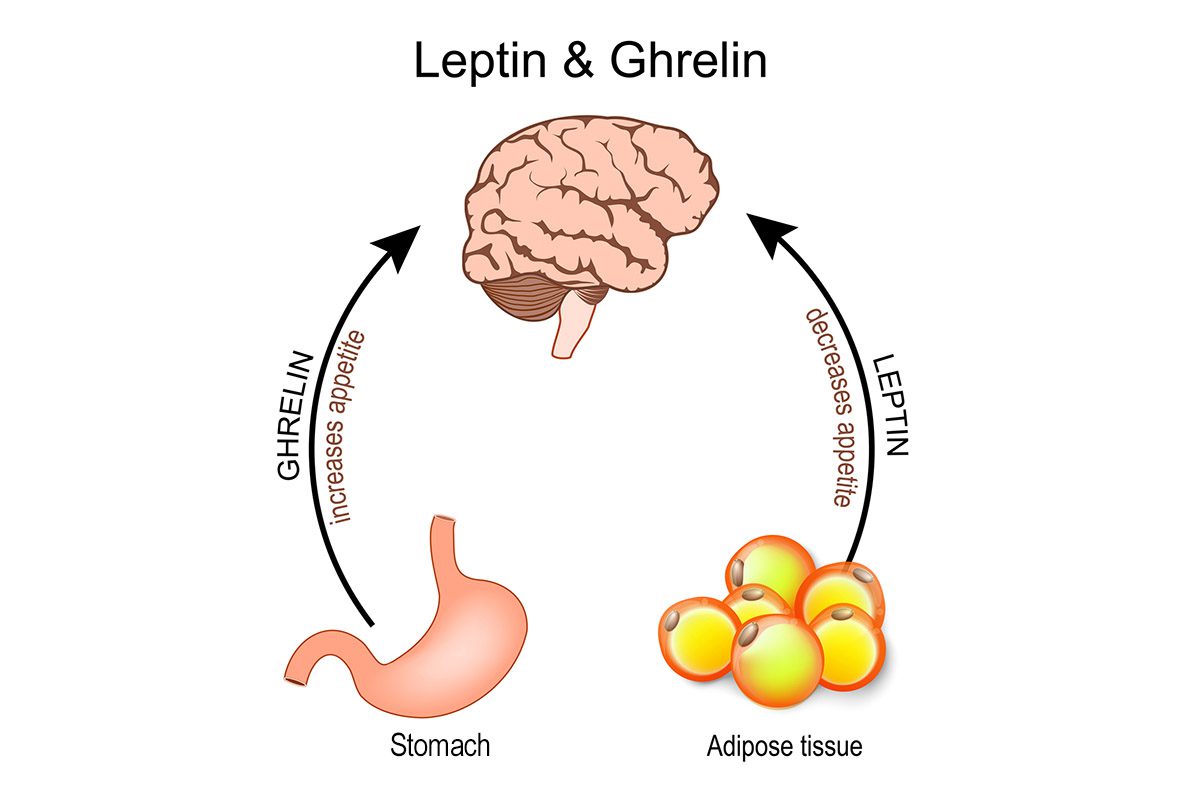Background: Binge-eating disorder is a newly recognized eating disorder characterized by recurrent episodes of binge eating without extreme weight loss behaviors. It commonly co-occurs with overweight and obesity. To preliminarily explore the effectiveness and tolerability of venlafaxine in binge-eating disorder, we retrospectively reviewed the response of 35 consecutive overweight or obese outpatients with binge-eating disorder presenting at the University of Cincinnati Physicians Weight Management Program, Cincinnati, Ohio, to clinical treatment with venlafaxine.
Method: The medical charts of 35 consecutive outpatients with binge-eating disorder (DSM-IV criteria) and overweight (body mass index [BMI] = 25.0-29.9) or obesity (BMI ≥ 30.0) who received clinical treatment with venlafaxine at a weight management program were reviewed. Response of binge-eating disorder symptoms was assessed by weekly binge frequency (the number of binges reported by the patient the week before the clinic appointment), the Clinical Global Impressions-Severity of Illness (CGI-S) scale, and categorical response (no response, mild, moderate, marked, or remission). Weight, BMI, waist circumference, comorbid Axis I diagnoses, vital signs, and side effects also were collected.
Results: Twenty-nine patients (83%) received venlafaxine as monotherapy and 6 (17%) received the drug adjunctively for a median of 120 days (range, 28-300 days). The mean ± SD venlafaxine treatment dose was 222 ± 63 mg/day (range, 75-300 mg/day). In the 33 patients who were actively binge eating at the time venlafaxine was begun, weekly binge frequency, severity of binge-eating and mood symptoms as measured by the CGI-S scale, weight, BMI, waist circumference, and diastolic blood pressure all showed statistically significant decreases over time (p < .05). Of these 33 patients, 29 (88%) displayed a moderate (50% reduction) or better response of binge-eating episodes. Fifteen (43%) of the 35 patients lost 5% or more of their baseline weight. In general, venlafaxine was well tolerated, with dry mouth, sexual dysfunction, insomnia, and nausea being the most frequently reported side effects. Sustained increases in blood pressure seen in 6 patients (17%) were considered clinically insignificant. No patients discontinued the drug.
Conclusion: Venlafaxine may be an effective treatment for binge-eating disorder associated with overweight or obesity. Controlled studies of venlafaxine in binge-eating disorder appear warranted.
Please sign in or purchase this PDF for $40.00.
Save
Cite




